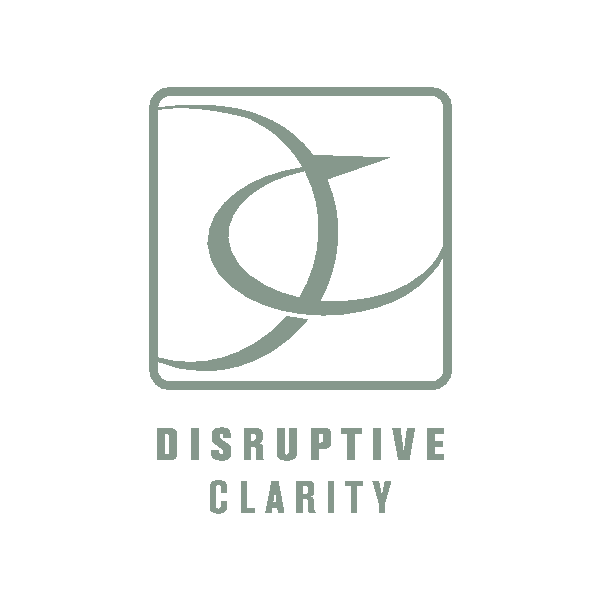Virtual & Augmented Reality
Virtual Reality can play a crucial role in manufacturing
Virtual Reality and Augmented Reality have both been around for quite some time now. They are both quite mature technologies, despite what some pundits suggest, and can offer many benefits to a business bold enough to adopt them. Some examples of beneficial use-cases are: -
Marketing and brand recognition
Sales and other customer facing tools
Training
Product Development
Facility Visualisation
Marketing and Brand Recognition
From passive animated visuals, through to interactive experiences, or even puzzles and games, Augmented Reality can be a powerful tool in generating consumer interest in your company, brand or product. With access to hundred’s of millions of AR capable mobile devices around the world, the scope for your AR experience is bound only by your imagination.
Sales and other Customer facing Tools
Visualisation of a purchased item, or finished product, can remove doubt from your potential Customer’s mind, and make the decision making process friction-less and enjoyable. Allowing your customer see your product in their own home, or place of business reduces the gap between expectation and reality, and helps to improve customer satisfaction and promotes continued repeat business.
Tourism
Both Virtual and Augmented Reality implementations are being used in various tourist hotspots to provide a deeper engagement with an attraction or location. Museums, art galleries and historical locations all stand to benefit from the use of this technology.
Training
We all know how important muscle-memory is to the learning experience, which is why we want to get trainees out in the field as soon as possible, to learn on the job. A virtual training environment provides a safe, controlled learning experience, where the trainee build this muscle memory before even setting foot near a piece of machinery. But what types of are suited to a virtual environment. Anything, but in particular, anything that is : -
Dangerous - allow your trainees to fail safely
Impossible - expose your trainees to situations that are impossible to reproduce in the real world
Counterproductive - allow your trainees to recognise and react to a situation that is not normal
Expensive - where materials or machinery are expensive, and mistakes by new learners can be costly
You can even be in control of the environment, to escalate or de-escalate, and test a trainees mettle.
Product Development
3D design is almost ubiquitous nowadays, but reviewing a 3D model on a 2D screen removes much of the product’s true form. Reviewing a new product in a virtual environment provides a much greater understanding of the product, from size and volume, to how it might look in-situ. The design can still created, reviewed, iterated on and even shared across the globe, without having to pick up a tool.
Facility Visualisation
You’ve just signed-off on a multi-million dollar upgrade to your facility, or perhaps a new facility. Spending a little time reviewing your facilities layout in a virtual environment can save you many hours of agonising over placements, and help you make the most of your expensive floor space.
This is especially crucial for showrooms and retail spaces, where floor space commands such a high premium.
These are just a few examples where Virtual Reality or Augmented Reality can help your business. Contact us to find out more about these, or any of the many other practical implementations of this exciting technology.

